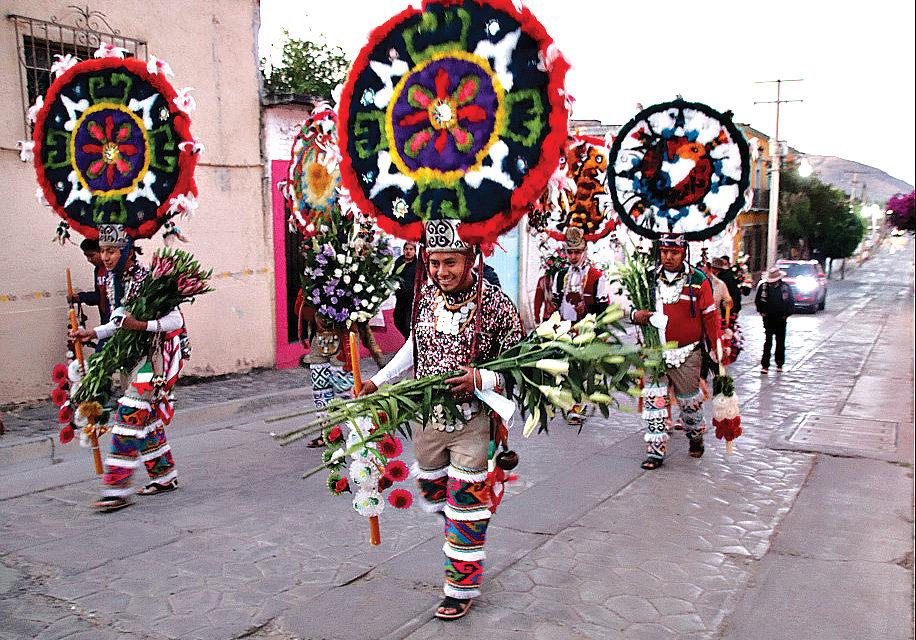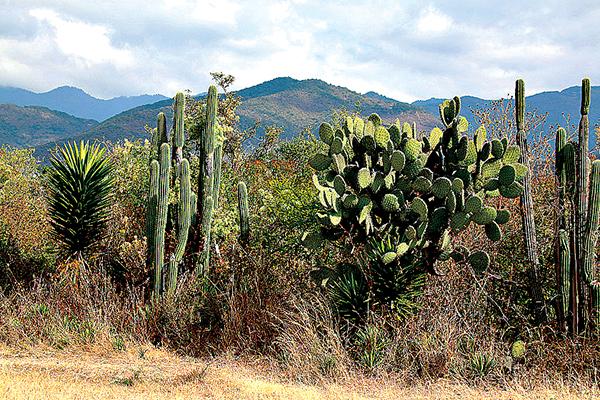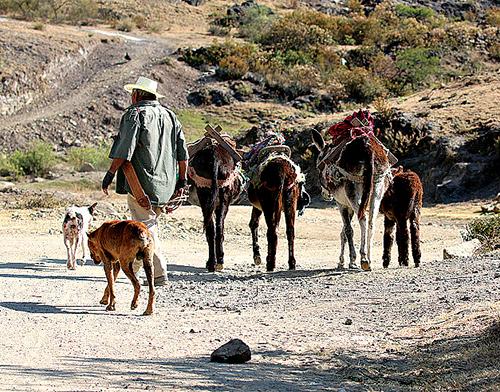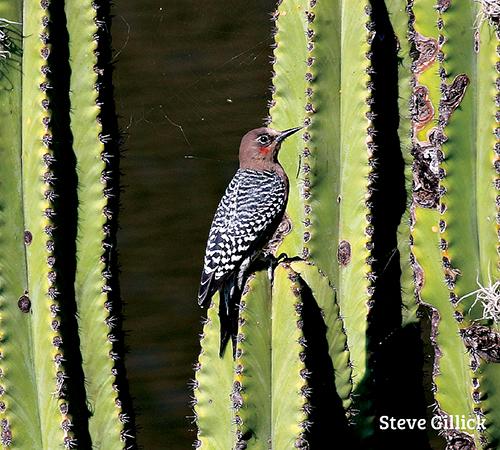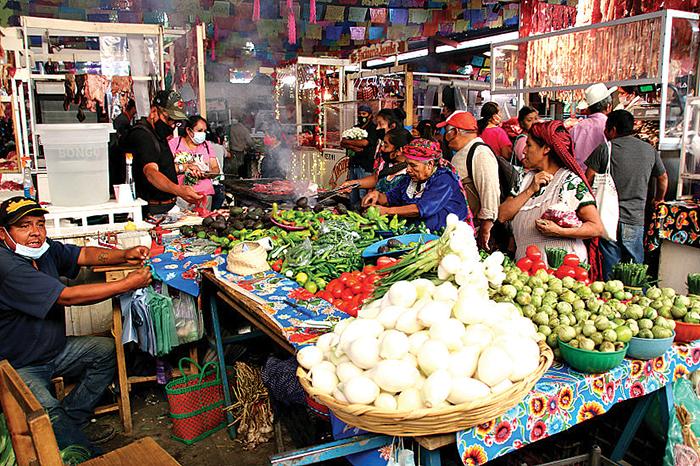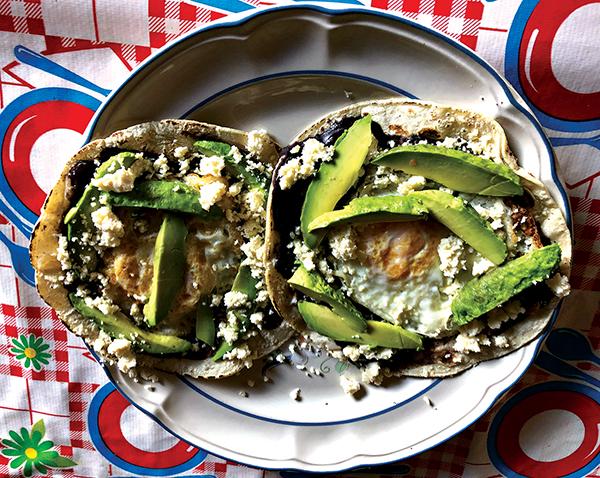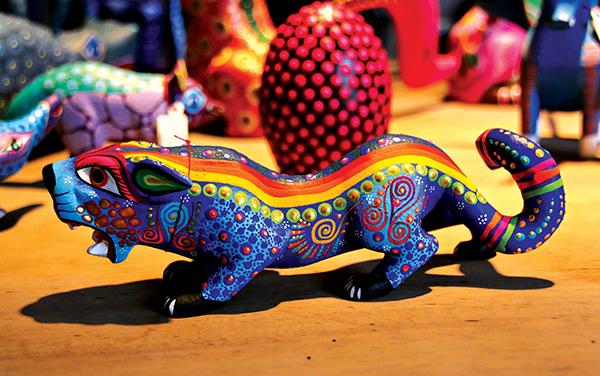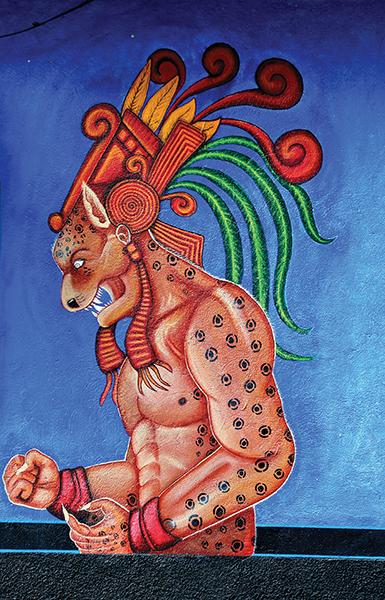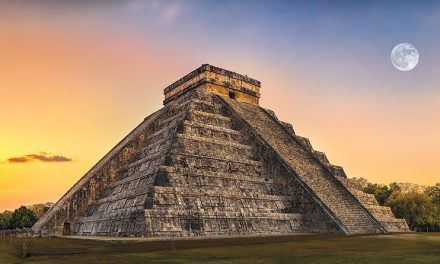Mexico
Adventures in Oaxaca: Teotilán, Tlacolula and San Martin Tilcajete
Article and photography by Steve Gillick
Throughout Mexico, December 12th marks the Day of the Virgin of Guadalupe. Festivities commemorate the appearance of the Virgin Mary to the Aztec peasant Juan Diego on December 9th and 12th, 1531, and serve as symbols of religion, courage, and Mexican identity. However, I’ll remember this important day from my visit to Oaxaca in 2021 for four reasons.
Firstly, we were unaware of the significance of the day as we entered the small village of Teotitlán del Valle in the early morning of December 12th. With only one day to explore the areas outside the city of Oaxaca, and with several options to consider, we decided on Teotitlán. The village is about a one-hour drive from Oaxaca in the foothills of the Sierra Juárez mountains, and in fact, the name of the local people, the Zapotecs, literally translates as “at the foot of the mountain”. Zapotec textiles and rugs, made on looms, using natural dyes, are made in Teotitlán and found in handicraft markets and specialty stores throughout Oaxaca State and beyond. Plus, the rivers and mountains in Teotitlán turn the scenery into visual magic.
There is a second reason for remembering this day. An acquaintance had recommended Willy Miguel as a driver, with the caveat that Willy only spoke a few words of English (and we only spoke a few words of Spanish). In addition, Willy was not a birding or nature guide, per se, but he knew the ‘good’ areas to visit. We said, “perfect”. We met Willy at 6:00 am at our hotel in Oaxaca and ended up having one of the most enjoyable days ever!
The third reason we remember December 12th was that when we arrived in Teotitlán, the Virgin of Guadalupe procession had already begun. As photographers and lovers of culture, we walked very quickly on the rough cobblestone street to catch up to the dozen or so musicians, and costumed men and women wearing elaborate headdresses, as they made their way to the Iglesia Preciosa Sangre de Cristo. Cobblestones were used to prevent thoroughfares from getting too muddy or dusty and provide horses and mules with traction. But they obviously didn’t anticipate a Canadian photographer in well-worn New Balance sneakers. As I hurried, I tumbled, and my camera hit the ground. But without missing a beat, I recovered and followed the procession to the church. I wondered if this was the true meaning of ‘memories carved in stone’.
And the fourth reason to remember this day was the additional visit to the Mercado Tlacolula and then the Alebrijes of San Martin Tilcajete.
After my cobblestone tumble, we headed in the warm sunshine to look for birds, in a remote area, alongside perfect mountain scenery. We were rewarded with photos of Green Kingfishers, Vermilion Flycatchers, House Finches, a Gray-breasted Woodpecker, a Loggerhead Shrike, a Curve-billed Thrasher, and a Cinnamon-rumped Seedeater, along with Warblers, Phoebes, and Grebes. And during our avian bliss, a herd of shy, thirsty cattle tentatively crossed the dirt road to access the river, just as a farmer passed by, walking his two dogs, three donkeys, and a foal. The only sounds were the farmer’s “Hola”, the cows’ ‘moo’, the birdsong and the scenic silence.
On the main street of the village, we stopped at Conchita’s Comedor for brunch. This rustic restaurant oozed friendliness from the staff, as well as curiosity from Claudio, the nosey, resident dining room Rooster. We enjoyed coffee “panela y canela” (with brown sugar and cinnamon) and Huevos Rancheros (fried eggs with salsa on a corn tortilla). So fresh and tasty!
After an excursion down another dirt road of small agave plantations, wild cactus, and more breathtaking mountain views, we headed about 30 minutes south to Tlacolula de Matamoros.
This city is famous for the Sunday Open-Air Market (or Tianguis). The majority of the 1000 or so vendors come from rural villages. Many wear traditional dress, such as the rebozo, a long garment similar to a shawl. The market stretches around several city blocks, encircling the church, Santa Maria de la Asunción, and continuing into a building. And what was for sale? Pottery, weaving, textiles, crafts, housewares, bread, fruits, vegetables, chilies, flowers, meats, chickens, moles (traditional sauces and marinades), crickets, and other crawly things. As for ready-to-eat foods? Barbacoa (stewed lamb and goat), Chicharrón (deep-fried pork rind or pork belly), Carne Asada (grilled meat with vegetables, cactus, and chilies), Nieves (a water-based ice cream), and more. It’s an amazing sensory experience!
But we still had one more stop for the day, about a 90-minute drive back toward the city of Oaxaca. The Zapotec town of San Martin Tilcajete is an open folk and modern art gallery filled with fantastical, colorful carvings and paintings known as ‘alebrije’. We visited the workshop of Jacobo and María Ángeles, where tours showcase skilled local artists. It may take weeks to complete an elaborate painting of a carved owl, fish, lizard, rabbit, jaguar, human figure, mask, or the Mastretta MXT (a Mexican-built sports car) that was on display. The tradition dates back to a time when animal carvings were used as hunting decoys, toys, and even sacred totems. It is said that in the 1930s, Pedro Linares of Mexico City experienced fever-induced hallucinations of fantasy creatures, and he made up the name “alebrije’ to describe them. The name is now applied to all aspects of this art.
A drive through the backstreets of San Martin Tilcajete, as well as a walk along the main street, reveals paintings on entire building walls: skeleton figures (based on Día de los Muertos), flying lizards, gryphons and jaguars; multi-colored owls, armadillos, dragons, parrots and hummingbirds; figures from the pre-hispanic era, and modern dream scenarios. Behind many of the walls are family workshops, where all generations contribute to the production and sale of the art. It’s absolutely astounding.
But our day with Willy Miguel had to come to an end. We had great animated discussions and laughs, and it was only late in the day, when we stumbled over communication, that we brought out Google Translate on our cell phones, and then happily shared more stories.
The city of Oaxaca is a great place for history, culture and food but if the opportunity presents itself to ‘escape’ to the country for a day, grab it! For us, it was one great experience after another!

